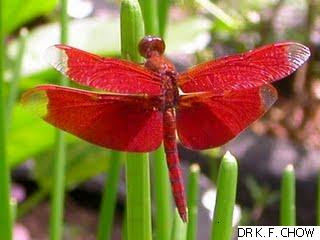THE BUDDY SYSTEM 3
2. IMPRESSION AND ANALOGUE METHOD
A more elegant technique developed with the use of an impression coping on the mini implant head. The coping came off with the impression and then analogues were fitted into the impression copings before pouring the cast models. The crowns and bridges were then built overt these analogues or over the copings which were then incorporated into the prosthesis. A recurring problem with this technique is the tendency of the impression copings to shift or come loose during the impression taking, resulting in inaccuracies.
3. COMPOSITE/GLASS IONOMER/CEMENT BUILDUP METHOD
3. COMPOSITE/GLASS IONOMER/CEMENT BUILDUP METHOD
A sticky material like composite, glass ionomer or a dental cement can be applied on to the mini implant head. The implant head should be etched beforehand with an acid similar to the one used to etch porcelain. Once set, the build-up can be trimmed into the shape of an abutment. A direct impression can be taken for crown and bridge construction in the laboratory. The downside in this approach is the unknown long term effect of the substance contact with the mucosa around the implant. This may cause a chronic low grade inflammation of the mucosa which may one day deteriorate into peri-implantitis and result in failure of the implant.
To be continued.............check out minimized-dentalimplants.blogspot.com where I am progressively writing a comprehensive book on mini dental implants......cheers!
To be continued.............check out minimized-dentalimplants.blogspot.com where I am progressively writing a comprehensive book on mini dental implants......cheers!

Komentar
Posting Komentar